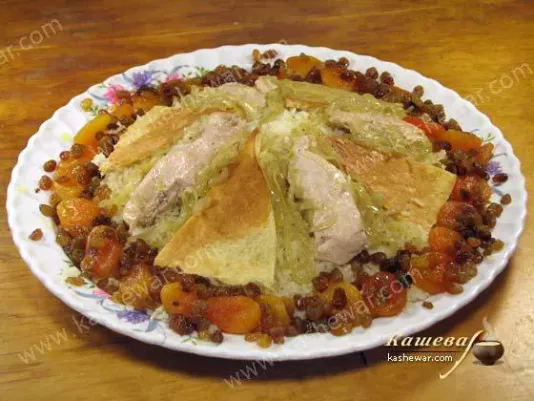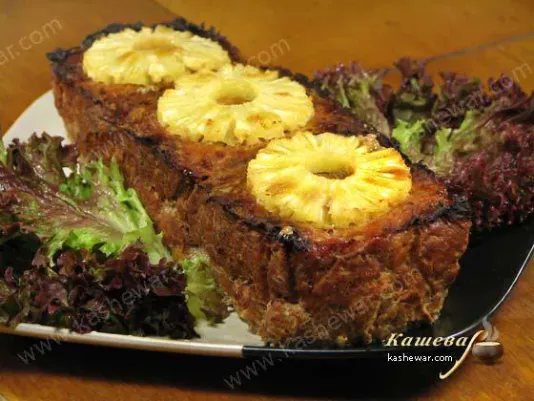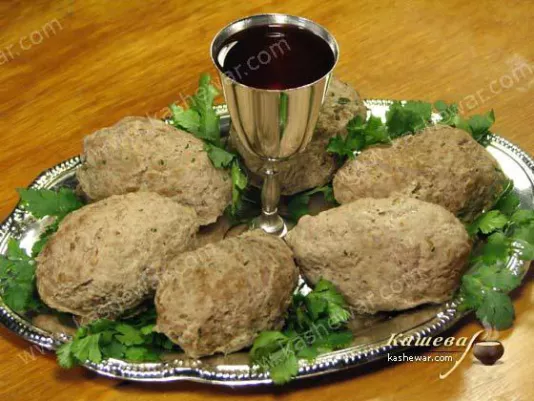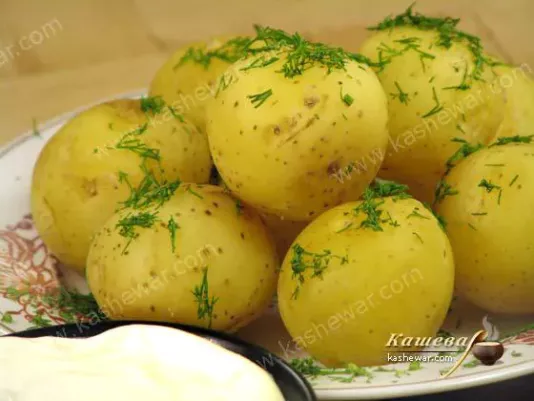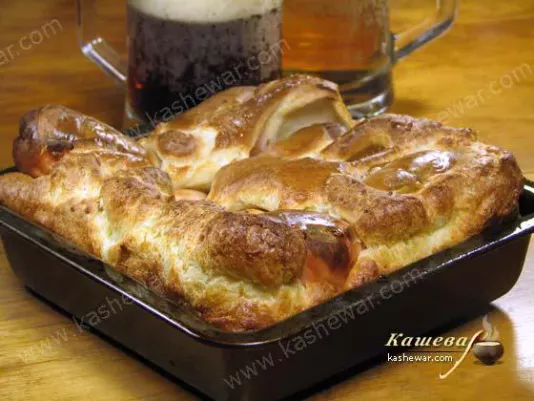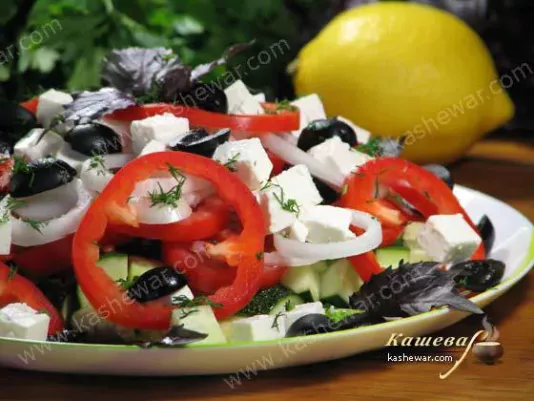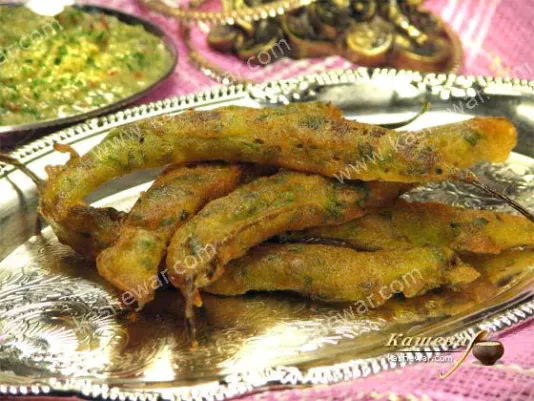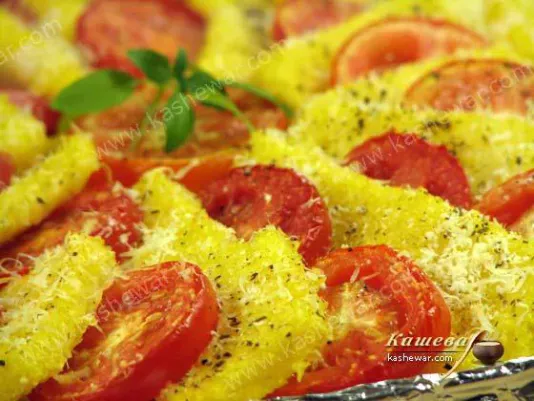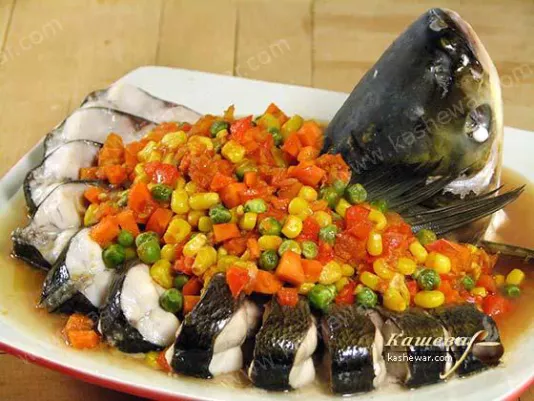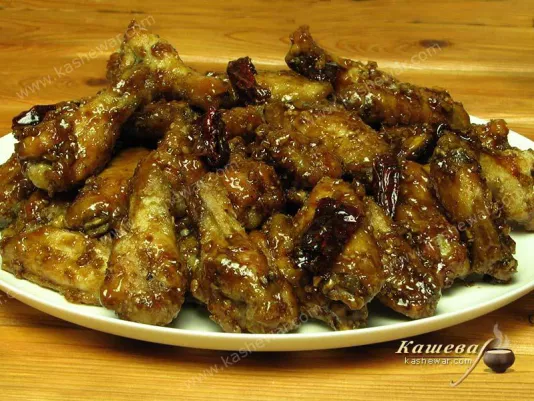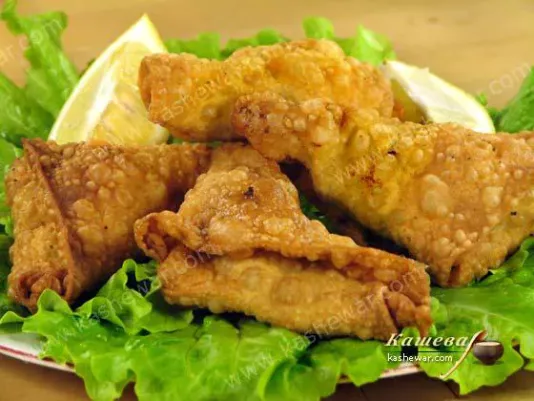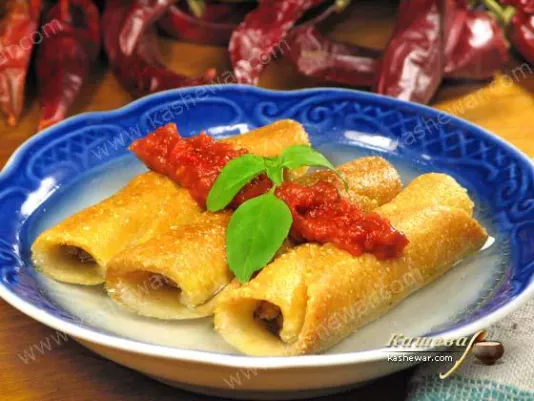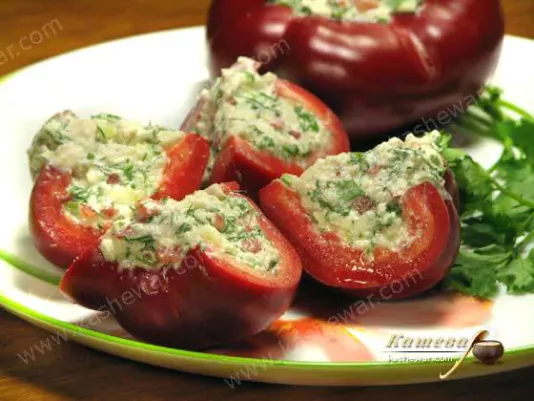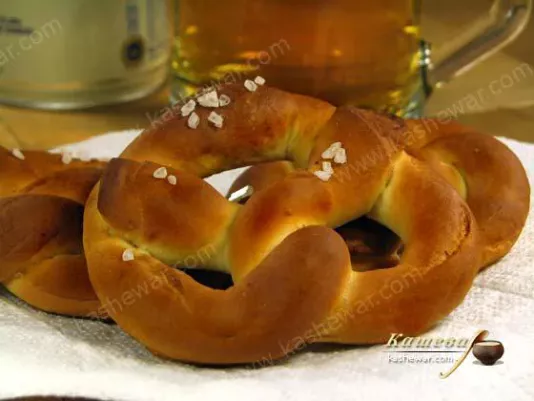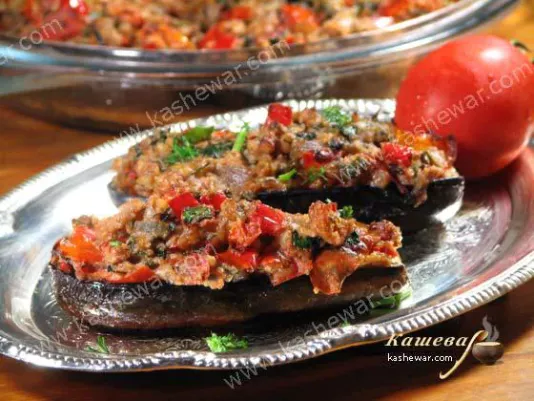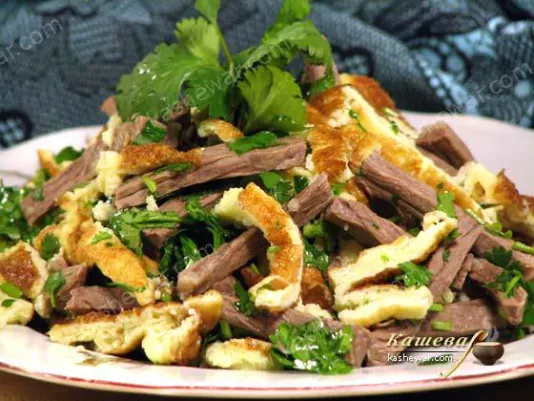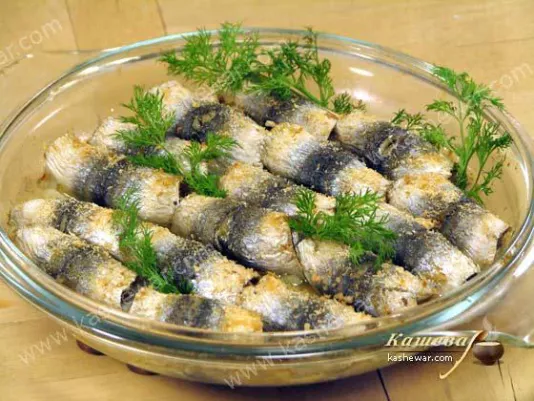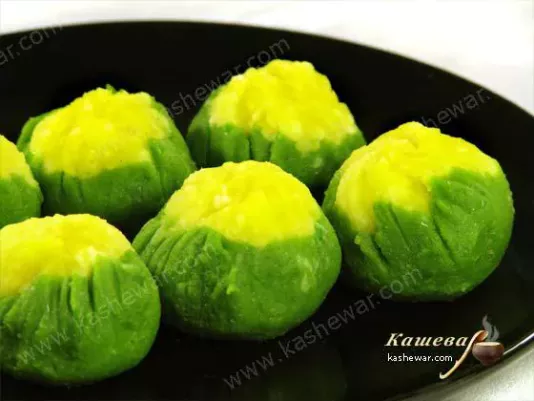National and Regional Cuisines of the World
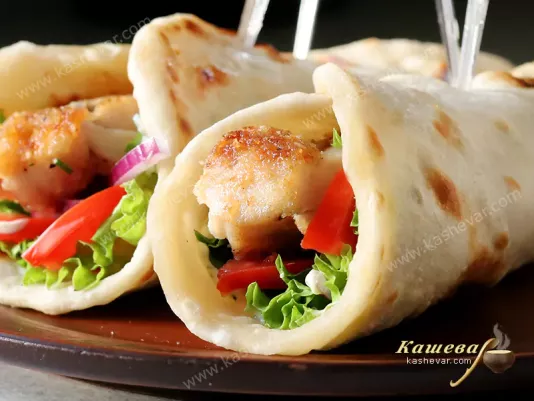
National and regional cuisines – this is a section I created for those who want to explore the world’s culinary traditions through genuine recipes. I have always been fascinated by discovering new cultures through food, and over time I realized that cuisine is a living history of a people, reflecting their lifestyle, climate, and character. Here you will find recipes I have personally cooked, tested in my own kitchen, and adapted so you can prepare them in any conditions. Each category includes explanations about the region, its main ingredients, and tips on how to achieve authentic flavor. I strive not only to provide instructions but also to convey the atmosphere of the country or region the dish comes from. This section features European cuisines, Eastern culinary traditions, Mediterranean dishes, Caucasian recipes, Central Asian specialties, and much more. My goal is for you to taste the world on your plate, and for each recipe to become a small journey.
World Cuisines and Their Culinary Traditions
Traveling the World Through Cuisine
When I first decided to seriously explore national cuisines, I was struck by how differently people approach food. A dish that is everyday fare for one culture may be a festive delicacy for another. In this section I show that cooking is not just a set of recipes but a cultural code passed down from generation to generation. For example, Mediterranean cuisines rely on vegetables, fish, and olive oil, reflecting the warm climate and abundance of these products. In contrast, northern cuisines feature more calorie-dense meals: stewed meats, root vegetables, and grains. When cooking these dishes, I always feel how climate and history shape taste. Symbolism is also important. In Ukraine, borscht has always been a symbol of hospitality, while in Italy pasta unites the family at one table. Each dish is a small story, and when I share a recipe, I explain not only the technique but also the meaning behind it. That is why culinary journeys are so captivating: they let us experience the world by touch and by taste.
My Experience Recreating Authentic Flavors
I always try to cook so that the dish comes as close to the original as possible. To do this, I study the history of ingredients, seek out quality products, and test different techniques. For example, when cooking Indian curry, I first learned to toast spices in a dry pan so they release their aroma before adding them to the sauce. For French croissants I experimented with flour to achieve the proper structure and layers, just like in Paris bakeries. Authenticity to me is not simply following a recipe but understanding how it works in its culture. That is why I advise starting with attentiveness: listening to the aroma, color, and texture. I share my discoveries on how to replace hard-to-find ingredients: instead of Asian lemongrass, I use lime zest and a little ginger, which gives a similar result. I also tell about mistakes I made myself: for example, at first I often over-roasted spices, which made the dish bitter. With experience I learned to find balance, and now I share these tips so that your dishes also turn out authentic.
National Cuisines for Everyday and Festive Menus
I believe national cuisines should not be reserved only for holidays. Many recipes are perfectly suited for everyday cooking. In summer I often make a Greek salad with feta and olives – simple yet very nourishing. In winter my menu always includes Hungarian goulash or Georgian kharcho – warming and hearty. For holidays I prefer more elaborate dishes: Uzbek pilaf, Caucasian shish kebab, French tart, or Italian lasagna. Each of them creates the feeling of a journey, even if you never leave home. I share tips on how to combine dishes to create a harmonious menu. For example, if you are planning a Georgian feast, it’s worth pairing khachapuri, shish kebab, and tkemali sauce to get a complete flavor palette. For an Italian evening, you might serve pasta, pizza, and tiramisu for dessert. This way you not only satisfy your guests but also bring them the atmosphere of another country. I am convinced that cooking is also a way to create celebrations in ordinary days.
Ingredients and Cooking Techniques of the World
Every cuisine has ingredients it cannot be imagined without. When I cook Mediterranean dishes, I always use extra virgin olive oil because it defines the taste. In Eastern cuisines, spices play a crucial role: turmeric, cumin, cinnamon. In Ukrainian cuisine, vegetables and grains are fundamental, forming the basis of many dishes. But techniques are just as important as ingredients. For example, the Japanese pay great attention to slicing and presentation – rice for rolls must be cooked according to strict rules or it won’t hold its shape. In Caucasian cooking the focus is on preparing meat over fire, and I explain how to replicate this at home even without a grill. In French cuisine the key technique is sauces, which turn simple ingredients into refined meals. I have tested these approaches in practice and explain how to make them accessible in any kitchen. With this knowledge you learn not just to follow a recipe but to understand why a dish turns out the way it does.
Why This Section Will Be Your Guide
I created the National and Regional Cuisines category as a practical guide where you can find recipes for every taste. There are basic instructions for beginners and more complex dishes for those who want to improve their skills. I share my own experience, reveal the secrets of ingredients, and explain the subtleties of preparation. This section will help you grasp the logic of culinary traditions: why sauce is considered the foundation of French cuisine, and why balance between salty, sour, and sweet defines the outcome in Asian dishes. I believe that cooking is a way of exploring the world, and with these recipes you can do it at home. My goal is to give you not only a list of ingredients and steps but also the cultural atmosphere you can taste. When I cook, I always think about how people in other countries ate this dish hundreds of years ago – and this is the feeling I want to pass on to you. That is why this section will be your guide in the world of cuisines and help you find inspiration every day.
